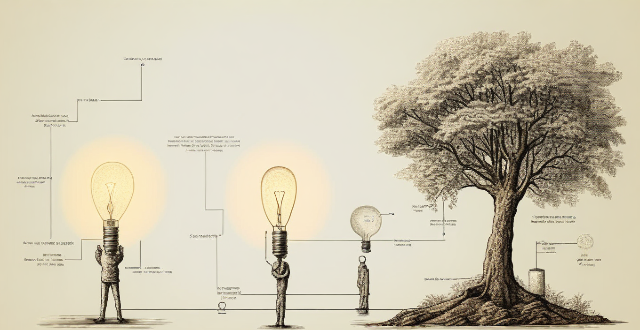Choosing the right energy-efficient lighting system involves assessing your needs, considering options like LED and solar lighting, evaluating energy efficiency ratings, and factoring in maintenance costs.

How to Choose the Right Energy-Efficient Lighting System for Your Needs
Introduction
Lighting is an essential part of any home or business, and choosing the right energy-efficient lighting system can help you save money on your electricity bills while reducing your carbon footprint. In this guide, we will discuss how to choose the right energy-efficient lighting system for your needs.
Step 1: Assess Your Lighting Needs
Before selecting an energy-efficient lighting system, it's important to assess your lighting needs. Here are some questions to consider:
- What areas of your home or business require lighting?
- What type of lighting do you need (e.g., task lighting, accent lighting, or general lighting)?
- How much natural light do you have access to during the day?
- What is your budget for a new lighting system?
Step 2: Consider Your Options
There are several types of energy-efficient lighting systems available, including:
LED Lighting
- Pros: Long lifespan, low energy consumption, and minimal heat generation.
- Cons: Higher initial cost compared to traditional lighting options.
CFL Lighting
- Pros: Lower energy consumption than incandescent bulbs and longer lifespan.
- Cons: Takes time to reach full brightness and contains mercury.
Halogen Lighting
- Pros: Bright light output and good color rendering index.
- Cons: High energy consumption and short lifespan.
Solar Lighting
- Pros: Renewable energy source and low operating costs.
- Cons: Requires sufficient sunlight exposure and may not work well in shaded areas.
Step 3: Evaluate Energy Efficiency Ratings
When choosing an energy-efficient lighting system, it's important to evaluate the energy efficiency ratings of each option. Look for products with high Energy Star ratings or those that meet local energy efficiency standards. Additionally, consider the following factors when evaluating energy efficiency ratings:
- Lumens per watt (lm/W)
- Lifespan (in hours)
- Annual energy consumption (in kilowatt-hours per year)
Step 4: Consider Maintenance and Installation Costs
Finally, consider the maintenance and installation costs associated with each energy-efficient lighting option. Some systems may require professional installation or regular maintenance, which can add to the overall cost. Be sure to factor these additional costs into your decision-making process.